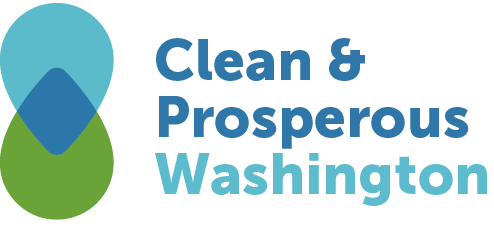Here comes the sun
Having passed the winter solstice, we can sing along with George Harrison and celebrate that the sun will be with us a bit longer each day going forward.
And now that…
- Solar energy is the cheapest option for new electric generation almost everywhere, according to the International Energy Agency
- Building new solar projects is cheaper than running existing coal plants, according to a report from Energy Innovation, a nonpartisan climate policy think tank
- Solar power is likely to make up half of U.S. electric generation by 2050 according to the U.S. government
…The question is, “Where are we going to put all the panels we need to catch some rays?”
For guidance, we can look to the example of the Yakama Nation, placing solar panels above irrigation canals on its reservation. Panel placement on sites that have already been developed – like irrigation canals – will cause the least harm to ecosystems, tribal treaty rights and cultural resources.
We can also reference a report published by the Washington State University Energy Program. Least-Conflict Solar Siting on the Columbia Plateau, helps identify where utility-scale solar can be developed in the sunny Columbia Plateau region while also “ensuring that important natural habitat, productive farmlands and ranchlands, and tribal rights and cultural resources are protected”.
So where can we find some good least-conflict solar siting opportunities?
Why not cover parking lots with solar panels, shading the cars while providing power to EV chargers? (Seems a no-brainer for long-term parking at SeaTac, WSF terminals, and Sounder park-and-rides.)

Solar panels and parking lots can be a good combination. Steve Proehl/Getty Images
How about alongside highways, within the state-owned right of way?

Solar highway installation in Augusta, Maine. Photo by Maine DOT | Public Domain
How about Hanford? The largest U.S. solar power site and other clean energy projects could be built on lands owned by the Department of Energy, including where components for Cold War-era atomic bombs were developed.

U.S. Department of Energy Office of Environmental Management
How about floating solar panels, like these in South Korea?

Floating solar panels on the Hapcheon Dam in Hapcheon, South Korea.Photographer: SeongJoon Cho/Bloomberg
How about atop crops of hops, as on this farm in Germany?

Solar panels are mounted on poles above a hops field near Au in der Hallertau, Germany, Wednesday, July 19, 2023. (AP Photo/Matthias Schrader)
Or – thinking bigger – this piece in PV Magazine suggests that “Converting the nation’s 40 million acres of ethanol corn farms into solar-plus-food facilities would generate 1.5 times our nation’s electricity needs, while also powering a 100% electrified passenger vehicle fleet.”
And if we run short on space for land-based panels, perhaps we can find more space… in space?

As we approach the new year, we at Clean & Prosperous Washington join with you in looking forward to brighter days ahead.
